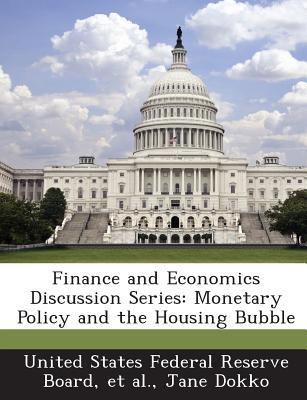Question
8. Risk and return Suppose Yvette is choosing how to allocate her portfolio between two asset classes: risk-free government bonds and a risky group of
8. Risk and return Suppose
Yvette is choosing how to allocate her portfolio between two asset classes: risk-free government bonds and a risky group of diversified stocks. The following table shows the risk and return associated with different combinations of stocks and bonds. Combination Fraction of Portfolio in Diversified Stocks Average Annual Return Standard Deviation of Portfolio Return (Risk) (Percent) (Percent) (Percent) A 0 2.50 0 B 25 4.50 5 C 50 6.50 10 D 75 8.50 15 E 100 10.50 20
As the risk of Yvette's portfolio increases, the average annual return on her portfolio (rises/falls)?
Suppose Yvette currently allocates 75% of her portfolio to a diversified group of stocks and 25% of her portfolio to risk-free bonds; that is, she chooses combination D. She wants to reduce the level of risk associated with her portfolio from a standard deviation of 15 to a standard deviation of 5. In order to do so, she must do which of the following? Check all that apply.
1. Sell some of her bonds and use the proceeds to purchase stocks
2. Sell some of her stocks and use the proceeds to purchase bonds
3. Place the entirety of her portfolio in bonds
4. Accept a lower average annual rate of return
The table uses the standard deviation of the portfolio's return as a measure of risk. A normal random variable, such as a portfolio's return, stays within two standard deviations of its average approximately 95% of the time.
Suppose Yvette modifies her portfolio to contain 50% diversified stocks and 50% risk-free government bonds; that is, she chooses combination C. The average annual return for this type of portfolio is 6.5%, but given the standard deviation of 10%, the returns will typically (about 95% of the time) vary from a gain of ____ (-13.5%, 1.3%, 16.5%, 26.5%) to a loss of ____ (-13.5%, -3.5%, 1.3%, 26.5%)
Please walk me through the steps on how to achieve the answers? I'm having a difficult time understanding how to solve these? Thank you!
Step by Step Solution
There are 3 Steps involved in it
Step: 1

Get Instant Access to Expert-Tailored Solutions
See step-by-step solutions with expert insights and AI powered tools for academic success
Step: 2

Step: 3

Ace Your Homework with AI
Get the answers you need in no time with our AI-driven, step-by-step assistance
Get Started


